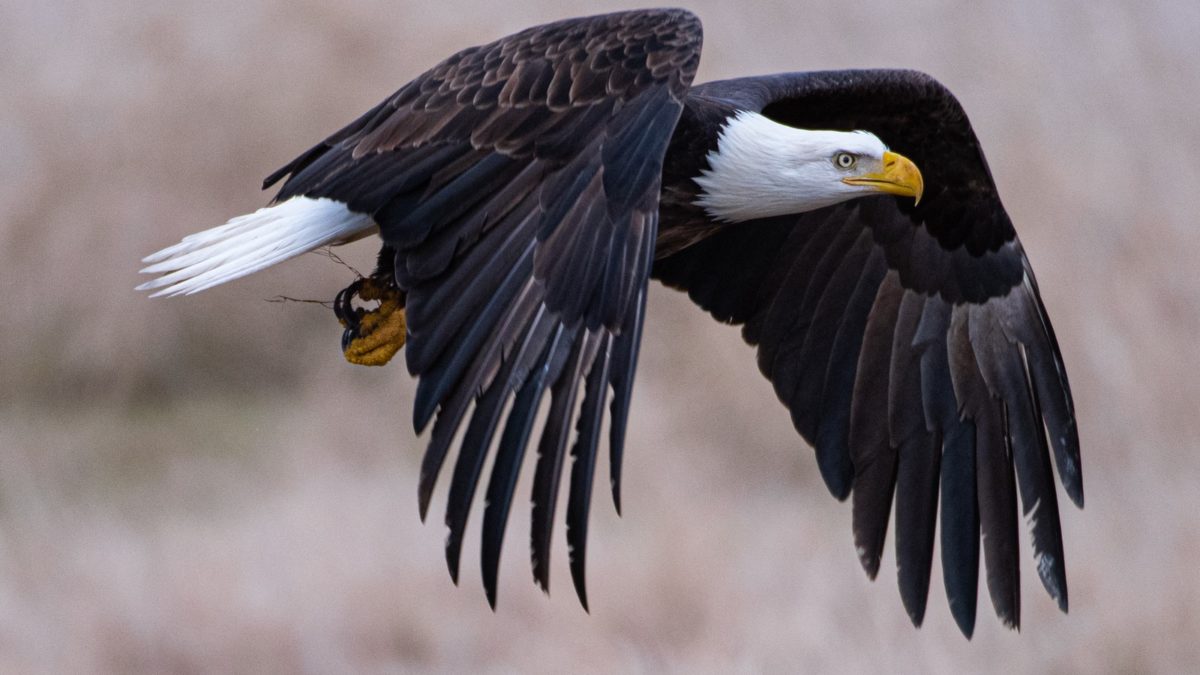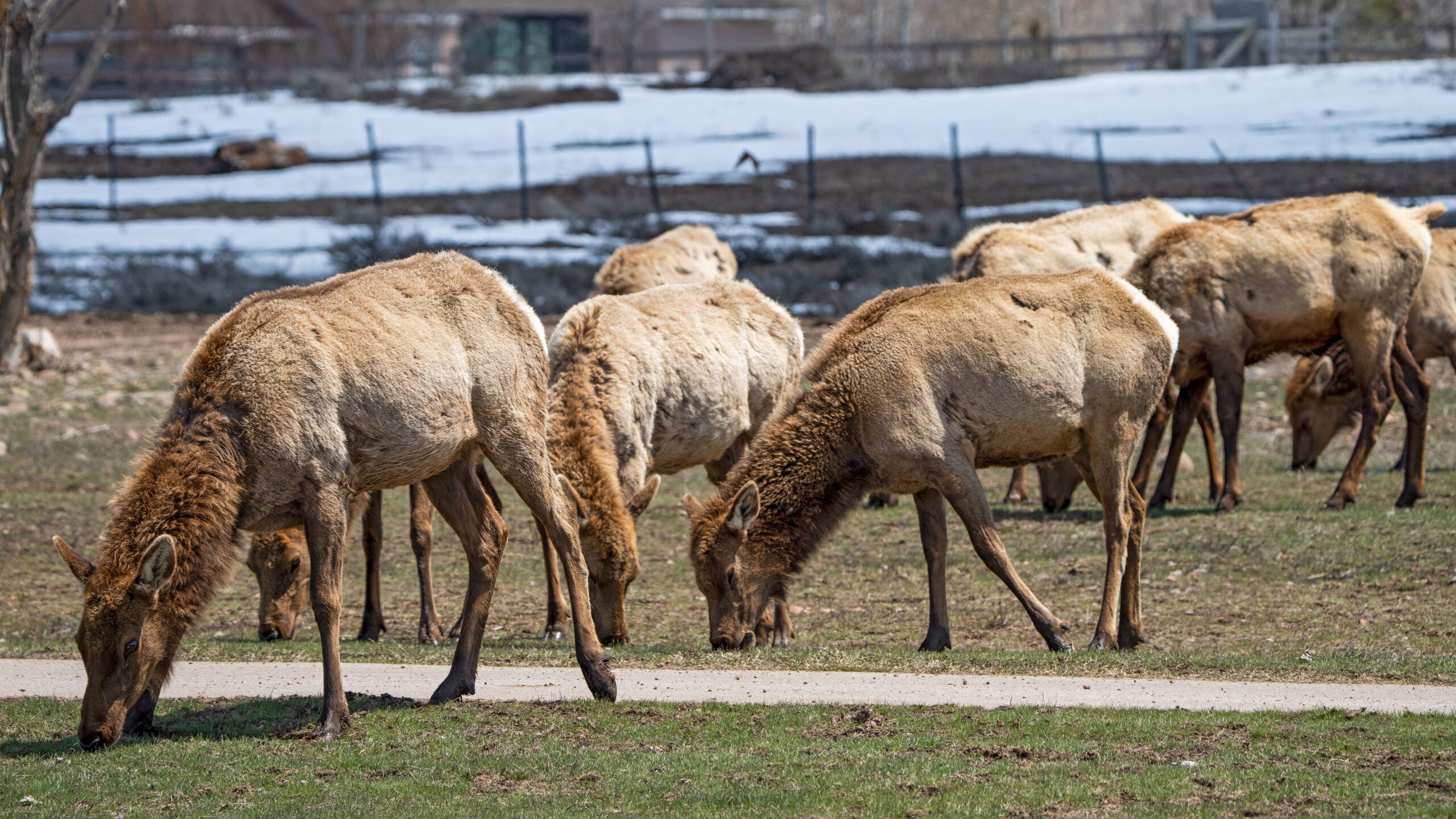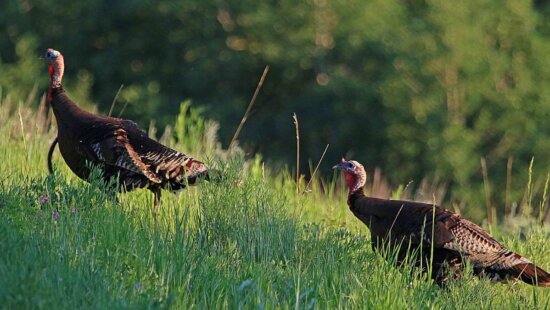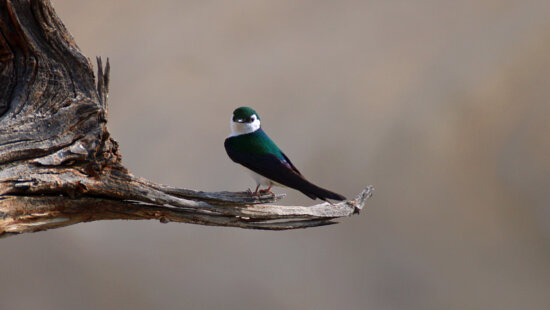Wildlife
Soaring with the eagles, Utah’s Division of Wildlife bald eagle guide

As the nation's designated bird, the bald eagle migrates to Utah in the winter in order to find food and avoid colder temperatures further north. Eventually, hundreds of bald eagles make their way to Utah. Photo: Richard Lee.
SALT LAKE CITY — The month of February is one of the best times of the year to see the majestic bald eagle. As the nation’s designated bird, the bald eagle migrates to Utah in the winter in order to find food and avoid colder temperatures further north. Eventually, hundreds of bald eagles make their way to Utah.
In response to the arrival of these birds, the Utah Division of Wildlife Resources will host one final viewing event in Northeastern Utah to provide opportunities for individuals to view these magnificent animals. If individuals are unable to make this event, there are also plenty of locations where eagles can be viewed in their natural habitat.
Northeastern Utah
The final event will be held on Saturday, Feb. 19 from 9 a.m. to noon at the Ouray National Wildlife Refuge headquarters at 19001 E. Wildlife Refuge Road in Randlett, Uintah County.
As with the previous events, DWR biologists will be available to answer questions and help participants spot golden and bald eagles on the refuge. Spotting scopes and binoculars will be available for use, but individuals should bring their own if they have them. Bathroom facilities will be open at the refuge during the event.
While the event is free, participants are encouraged to register in advance on Eventbrite.
Other Areas Bald Eagles Can Be Seen
- In the big cottonwood trees at Rendezvous Beach, on the south end of Bear Lake.
- In trees along the Blacksmith Fork River, east of Hyrum.
- In trees along the Weber River, near Croydon and just below Echo Reservoir.
- Along the road leading to Lost Creek Reservoir. The reservoir is north of Croydon.
- Willard Bay Reservoir, west of Willard. Eagles can often be seen in trees near the reservoir and on the ice-capped reservoir itself.
- Compton’s Knoll at the Salt Creek Waterfowl Management Area, west of Corinne. Bald eagles and other wildlife can be viewed from the Compton’s Knoll viewing area on the south side of the WMA. The rest of the WMA is closed to visitors.
- The Eccles Wildlife Education Center at the Farmington Bay Wildlife Management Area, located at 1157 S. Waterfowl Way in Farmington. Eagles can be spotted on the portion of the WMA near the center. Additionally, Admission to the wildlife center is free. It’s open Tuesdays through Saturdays, from 9:30 a.m. to 4:30 p.m.




















